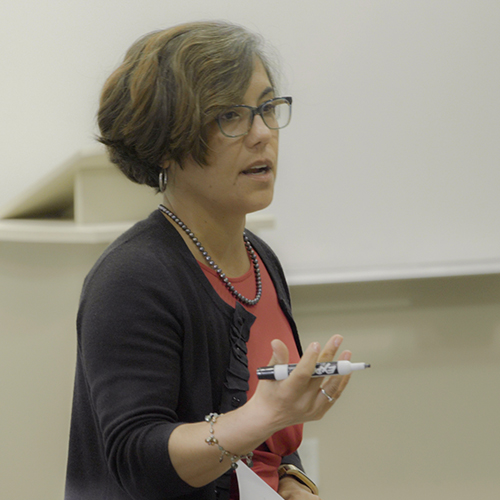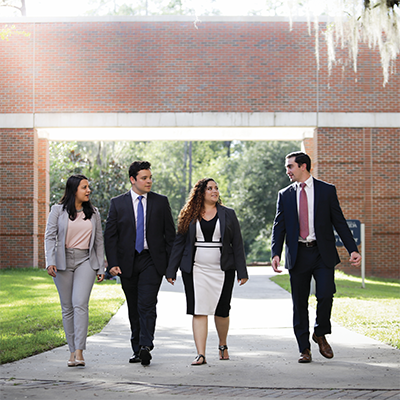History of Women in the Law
Course Number: LAW 6930 Credits: 2
For centuries, women have been severely disadvantaged under the common law of England and the United States. Some of those disadvantages are the result of social inequalities, while others are the result of legal disabilities. Over the past 200 years, women have struggled to equalize their legal rights and responsibilities, but gender-based stereotypes and social prejudices have severely hampered that progress. In 1972, after nearly 50 years of yearly introductions, an Equal Rights Amendment (the ERA) was proposed by Congress and sent to the states for ratification. When the deadline finally expired for ratification in 1982, 35 of the requisite 38 states had ratified. But beginning in 2016 there was a push for continued ratification and Nevada and Illinois both ratified the ERA in 2017 and 2018 respectively. All indications are that the ERA will be ratified by Virginia in early 2020, to reach the requisite 38 states. When that happens, there will be a host of unprecedented legal issues facing the courts, Congress, and the states. This course will be an examination of those legal issues through the lens of the ERA. We will begin by examining the procedural issues facing the ERA and the constitutional questions they raise about the amendment power under Article V. We will then examine how, if at all, the ERA might affect the legal rights of women and non-gender-conforming individuals. By examining issues such as family law, property law, labor law, criminal law, health care law, military law, and even the right to single-sex bathrooms, we will explore how, if at all, the ERA might affect the long-entrenched legal disabilities of women. And we will also explore whether we even need an ERA, as the Fourteenth Amendment has been expanded to prohibit sex-based discrimination in certain contexts. Requirements for the course will be extensive research and class participation, weekly or bi-weekly reflection papers, a presentation, and a final essay composition. It will entail significant reading and research and we will be joined by graduate and senior undergraduate students from other departments. There will be both collaborative and individual assignments.







